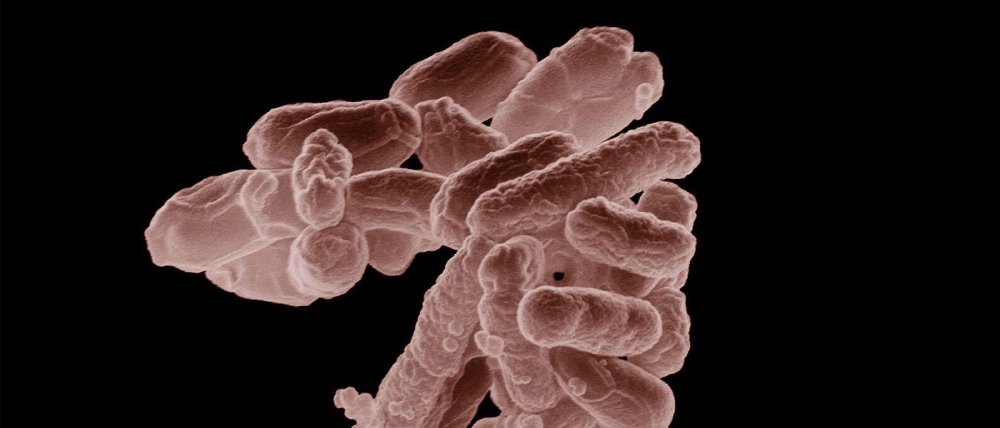
DEVELOPING A COLLECTIVE MEMORY
Most of the time, we associate memory with “complex” creatures such as dogs or cats (or humans, of course). So it may come as a surprise that bacteria also possess a form memory, although short in duration.
While it might not be as complex as human memories, in which we are able recall events from our childhood, bacteria demonstrate memories in how they respond to ‘warning events’ of stressful stimuli. An example of this occurs in salt exposure. Bacteria exposed to a moderate concentration of salt are able to survive subsequent exposure to a higher concentration better, when compared to bacteria that were unexposed.
But surprisingly, this effect is normally short-lived. Indeed, the effect on survival rate tapers off after thirty minutes. Why does this happen?
A new research from two microbiologists, Roland Mathis and Martin Ackermann, was able to demonstrate that the longevity of this effect becomes more pronounced when entire populations are considered.
The researchers observed Caulobacter crescentus, a bacterium prominent in freshwater and seawater. Notably, they looked at both an entire population of bacteria and individuals, and through this, they determined that the bacteria appear to develop a kind of collective memory.
By exposing an entire population to a warning event, the survival rates for the population as a whole (for a secondary exposure) are much higher than 1) populations never before exposed and 2) compared to individual cells. By utilizing computational modelling, the scientists were able to explain the phenomenon through a combination of two factors.
EXPLAINING THE ‘MEMORY’ EFFECT

When the bacteria population is exposed to the salt concentrations, the resulting salt stress causes a delay in cell division that leads to the synchronization of the cell cycles of the individual cells. The survival of any individual cell is dependent on what part of the cell cycle it is in at the time of the second exposure.
Ultimately, it is this cell cycle synchronization that changes the sensitivity of the population over time. Thus, the prior exposure causes populations to be more tolerant to future stress events and seems to make them even more sensitive than populations with no previous exposure.
These findings could help us understand how pathogens are able to resist antibiotics in clinical trials and real life usage. “If we understand this collective effect, it may improve our ability to control bacterial populations,” says Ackermann.
Considering the important role bacteria play in the human body (both harmful or beneficial), this could go a long way to furthering research in these areas. “If you want to understand the behaviour and fate of microbial populations, it’s sometimes necessary to analyse every single cell,” comments Mathis.
Outside of the medical field, it could also be relevant to how we analyze the performance of bacterial cultures in industrial processes or how wastewater treatment plants could be maintained. Indeed, bacteria often are present in almost all bio- and geochemical processes.